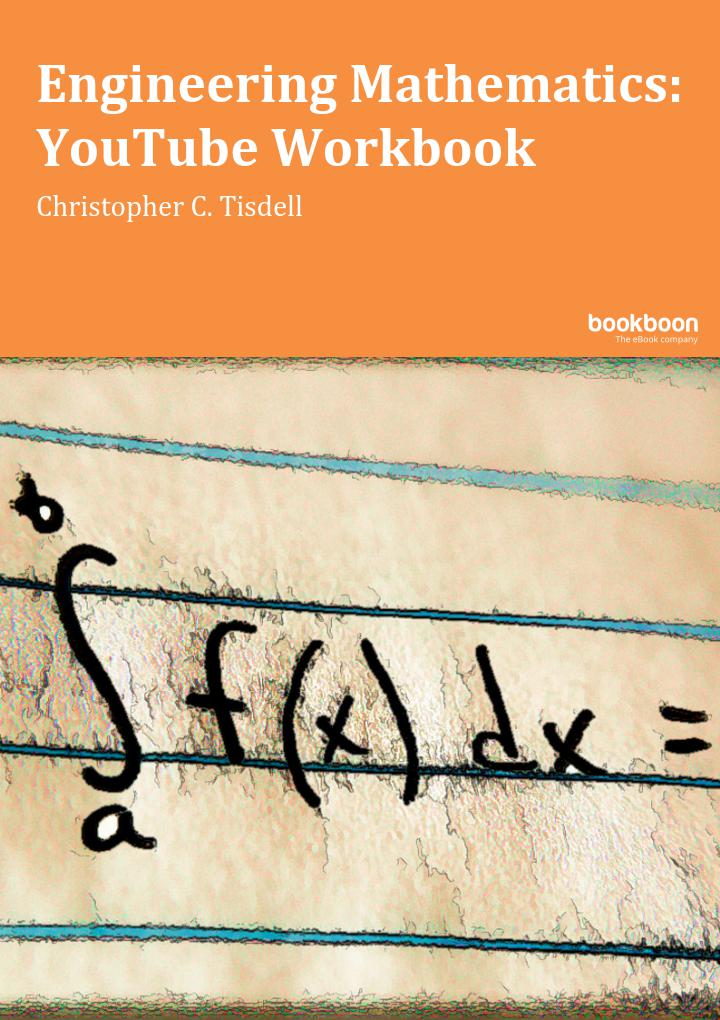How to communicate mathematics in 6 easy steps

Does speaking about mathematical ideas leave your audience bored? Does writing the mathematical parts of an assignment or report give you a headache or writer’s block? It doesn’t need to be this way.
Students and professionals from many disciplines are expected to periodically write and speak about concepts that contain mathematical ideas. The following 6 tips have been designed to boost your mathematical communication skills.
1) Aim to be understood!
Mathematical communication is similar to all other forms of communication – the aim is to effectively convey an idea. Ask yourself: what is the basic message you want to send? Aspire to share these mathematical ideas in a way that instils understanding, engagement and curiosity within your audience.
2) Who is your audience? How much mathematics do they know?
Tailor your presentation or report towards the needs, interests and mathematical background of your audience. If they have just a modest knowledge of mathematics, then it will be of little benefit to discuss the precise details of advanced mathematical theories. Rather, keep your message as simple and relevant as possible by concentrating on basic, contextualised examples and special cases which can be used to illuminate the “big picture”.
3) Motivate first! Then present the mathematics.
Begin by highlighting the motivation for the mathematics contained within. For instance: mention any technological or economic advancements that have resulted from the mathematical area under consideration; or some remarkable historical developments related to the mathematics; or even a humorous mathematical anecdote.
This will contextualise the mathematics to the audience and combat any potential negative attitudes towards the subject matter, e.g. perceived irrelevance. Once the audience is motivated and engaged, their minds are more open and it is possible to discuss the mathematical ideas.
4) Start with simple examples + break complex ideas down!
Audiences tend to best comprehend mathematics through the presentation of simple and contextualised examples, rather than from abstract theories. Begin with mathematical examples that are basic, comprehensible and relevant to your audience’s interests, background and abilities. If more complex mathematical concepts come later, then break the ideas down into smaller comprehensible chunks.
5) Additional presentation tips.
- Identify and repeat the key mathematical points.
- Use diagrams or graphs to foster understanding of mathematical topics via a geometric, “big-picture” approach.
- When mathematical symbols are introduced, ensure they are explained.
- Don’t put too many equations on one page or slide, otherwise the audience may suffer from information overload!
6) Mathematical communication is a two-way process
Audience participation and feedback is desirable and should be encouraged. This enables the audience to contribute to – and to view themselves as part of – the communication process. For example, seek feedback throughout your presentation by asking questions. Take cues from the audience: do they have blank looks on their faces? If so, ask them about their concerns and revisit the mathematical concepts in question. Reflect on your presentation afterwards. What worked and what didn’t?
About the author
Dr Chris Tisdell is the author of “Engineering Mathematics: YouTube Workbook”.
Chris is probably best known for his pioneering work of sharing mathematics via YouTube. “Dr Chris Tisdell is the equivalent of a best-selling author or chart-topping musician. And the unlikely subject of this mass popularity? University mathematics.” [Sydney Morning Herald, 2012].
Download his free eBook and discover free video lessons on his YouTube channel.





